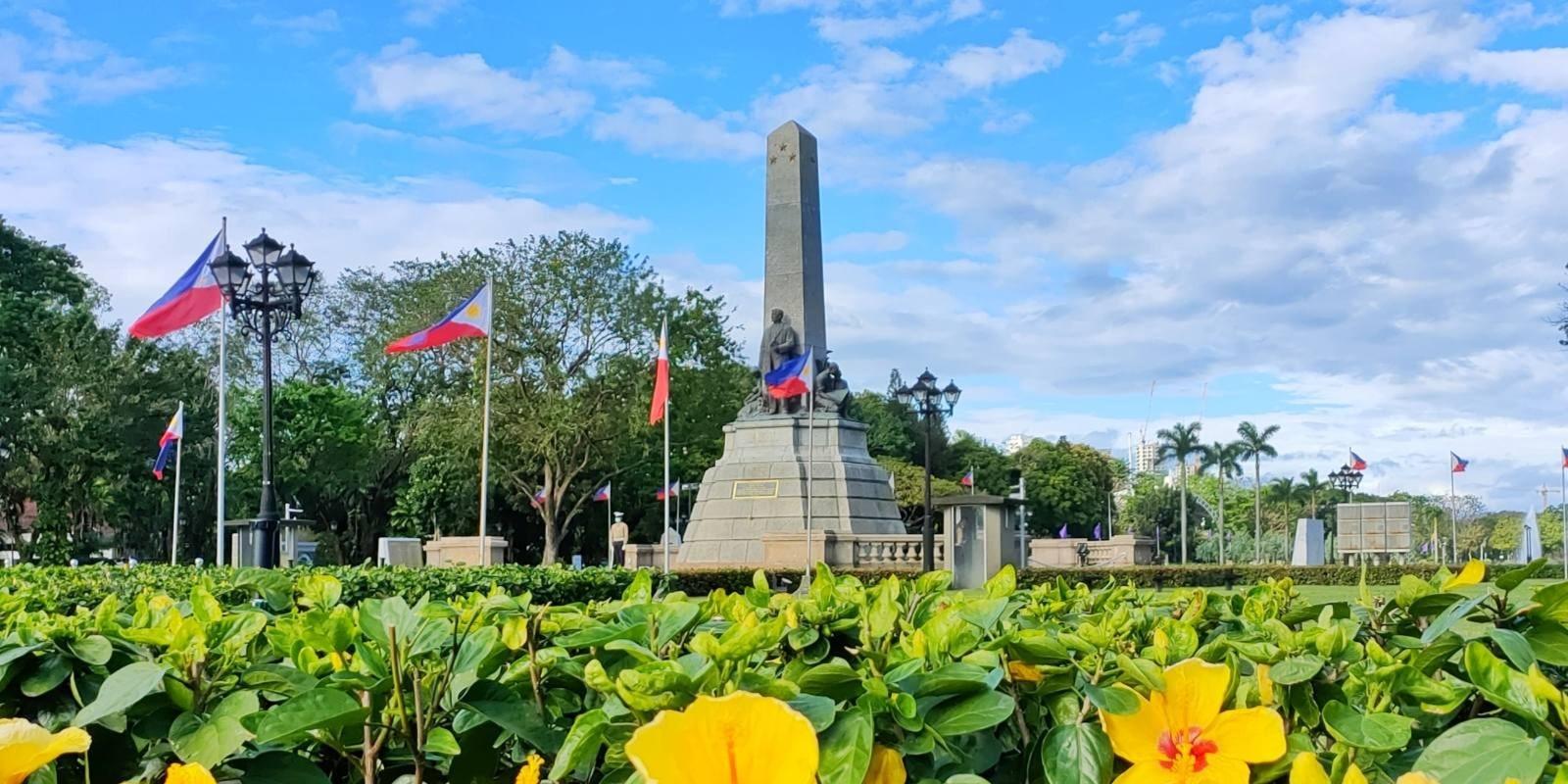Jose Rizal: Five local places associated with the national hero

Today marks Dr. Jose Rizal's 163rd birth anniversary. A physician, novelist, polyglot, and naturalist, Rizal has long been acclaimed a national hero for fighting for sociopolitical reforms and the equality between Filipinos and Spaniards.
Rizal is not recognized as the official national hero of the Philippines. In fact, the country does not have any because no law has been passed to recognize one.
Nevertheless, his ubiquity in Philippine life couldn't be more indelible: his countenance is branded on the common one-peso coin, his revolutionary novels "Noli Me Tangere" and "El Filibusterismo" are required reading in high school, many thoroughfares, structures, and parks are named after him, and a subject on his life is a requirement in every Filipino student's college journey, just to name a few.
As we celebrate the life and lasting legacy of Rizal in Philippine history and independence, here are five places in the Philippines that are associated with the martyr-hero.
Calamba, Laguna
Rizal was born in the little town of Calamba, Laguna, on June 19, 1861, to Francisco Mercado Rizal and Teodora Alonso. He was the seventh of 11 children. Today, the public may have a glimpse of Rizal's happy childhood by visiting the Rizal Shrine in Calamba, where a replica of the Rizal House stands where the original structure used to be.
Just a stone's throw away from a Catholic church, the Rizal House has wide sliding Capiz shell windows characteristic of traditional Philippine homes from that time. The National Historical Commission of the Philippines later painted its exterior green, which was the original color of the Rizal House.
Dapitan City, Zamboanga del Norte
Rizal was exiled to Dapitan City in Zamboanga del Norte by the Spanish government after he was accused of being involved in the rebellion against Spain. His four years in exile, from 1892 to 1896, were an "idyllic" time marked with much productivity and accomplishment.
While in Mindanao, Rizal worked as a rural physician, created a school, taught the locals, discovered four fauna species, and even won the lottery, among others. Today, the public may visit the Museo ni Jose Rizal at the Rizal Shrine in Dapitan, where visitors can have a glimpse of the national hero's life in exile.
Fort Santiago, Intramuros
After Rizal's exile in Dapitan, he hoped to join a volunteer medical mission in Cuba and was making his way to the island country when he was arrested by Spanish authorities. Rizal was imprisoned in the Montjuic Castle on Oct. 6, 1896 before he was shipped home to Manila, where he spent 56 days in imprisonment in Fort Santiago in Intramuros from Nov. 3 to Dec. 29, 1896.
The right wing of the barracks where Rizal was imprisoned was reconstructed into a museum and a shrine in 1953 in commemoration of the revered hero.
Today, the Museo ni Rizal in Fort Santiago stands as a reaffirmation of Rizal's significance in Philippine history and independence.
Rizal Park, Manila
Rizal was transferred from his cell in Fort Santiago to Bagumbayan, where he was executed by firing squad on the morning of Dec. 30, 1896. He was 35 years old. Bagumbayan was a known execution ground for "rebels and mutineers" against the Spanish government; from 1823 to 1897, a total of 158 patriots and martyrs were executed in Bagumbayan, including Fathers Gomez, Burgos, and Zamora. Bagumbayan was later changed to Luneta, then renamed Rizal Park.
The Rizal Monument in Rizal Park was designed by Swiss sculptor Richard Kissling and was unveiled to the public on Dec. 30, 1913. Rizal's remains were also interred beneath the monument the year prior.
Paco Park, Manila
Before Rizal received a proper burial in Rizal Park, the Spanish authorities buried his remains in an unmarked grave in Paco Park, then known as the Cementerio General de Dilao (Paco Cemetery). In 1898, the American authorities allowed his family to exhume his remains. His remains were brought to the Rizal's family house on Estraude Street in Binondo and kept in an ivory urn until 1912. Rizal's remains were eventually transferred to his final resting place at the base of the Rizal monument in Rizal Park.
— CDC/LA, GMA Integrated News

Need a wellness break? Sign up for The Boost!
Stay up-to-date with the latest health and wellness reads.
Please enter a valid email address
Your email is safe with us






